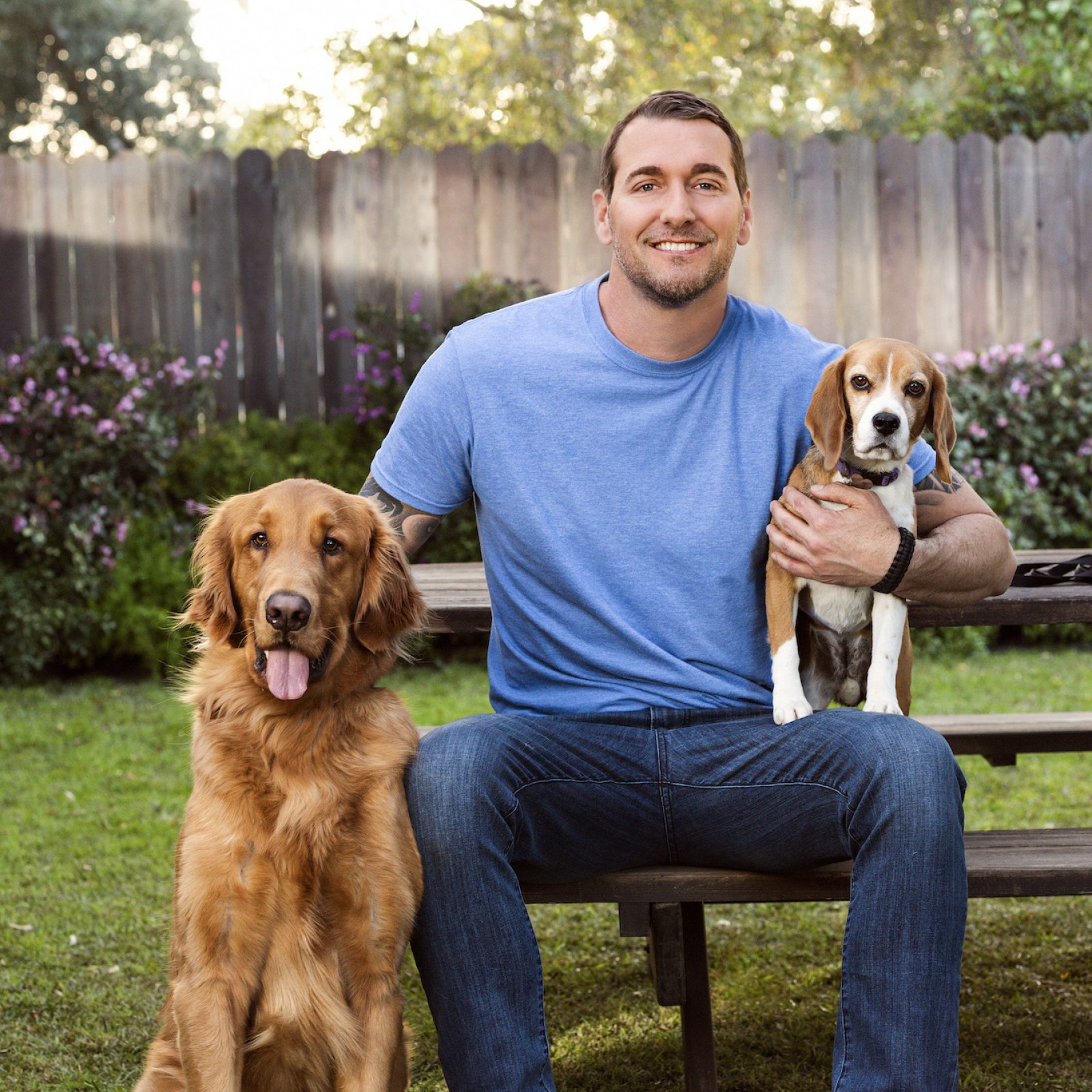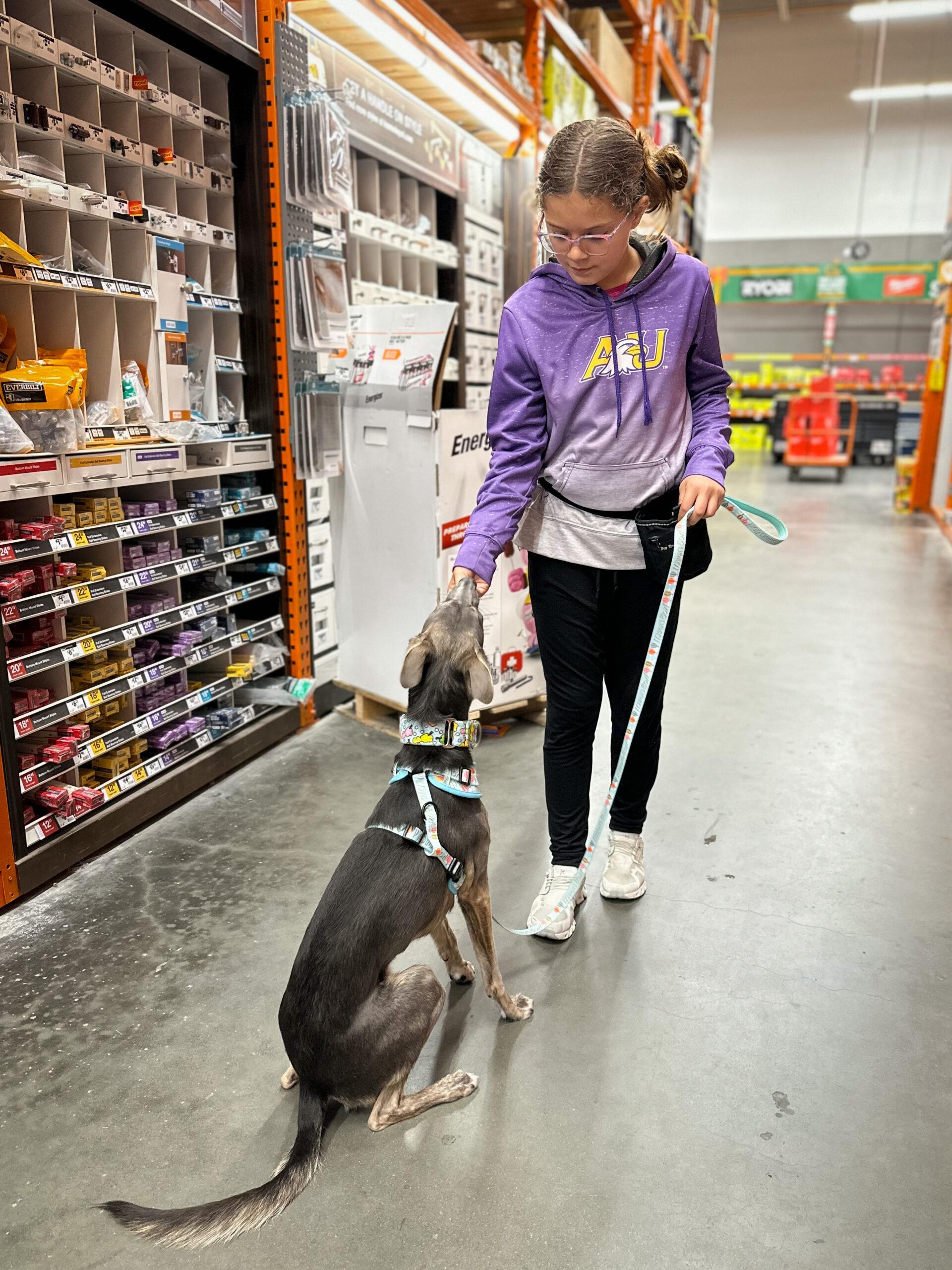Common Mistakes to Avoid During Dog Training for Better Results
Common Mistakes to Avoid During Dog Training for Better Results
Blog Article
Beginner's Overview to Successful Pet Training in your home
Successfully educating a pet at home calls for a nuanced understanding of canine behavior and effective communication approaches. Establishing clear training objectives, utilizing top notch rewards, and preserving consistency across household participants are crucial elements. Incorporating training right into day-to-day regimens can boost both engagement and retention.
Recognizing Dog Behavior
Understanding canine behavior is important for effective training and fostering an unified connection in between people and their canine companions. Pet dogs interact mainly through body language, vocalizations, and faces, making it crucial for proprietors to interpret these signals properly. Identifying habits such as tail wagging, grumbling, or shrinking can give insights right into a pet dog's mood and intentions.

Usual behavioral concerns, such as aggression, stress and anxiety, or too much barking, typically originate from misconceptions or unmet demands. Observing and addressing these problems without delay can avoid rise and ensure a positive training experience. By cultivating a deep understanding of dog habits, proprietors can customize their training methods to match their canine friends, ultimately resulting in a satisfied and mannerly pet dog.
Essential Training Tools
A well-appointed training room can significantly improve the efficiency of pet dog training in the house. Important training tools ensure that both the pet and the fitness instructor can participate in effective sessions that foster learning and bonding.

Buying a durable leash and a comfortable, well-fitting collar or harness is vital for safety and security and control. These tools help develop limits and guarantee the canine remains safe and secure throughout training. In addition, a designated training area, devoid of interruptions, aids focus for both the pet and the instructor.
Educating help such as training pads, cones, or dexterity tools can additionally enhance the experience by presenting selection and challenges. Last but not least, having a note pad or digital app for tracking progression can be vital, permitting you to keep in mind successes and areas for renovation. Using these essential tools will certainly develop a positive training atmosphere and lay the structure for reliable knowing.
Producing an Educating Regimen
Establishing a constant training regimen is important for reliable dog training at home. A well-structured routine not just aids in enhancing desired actions but also supplies your pet dog with a complacency and predictability. To produce a reliable training routine, begin by determining certain training objectives, such as standard commands, leash strolling, or housebreaking.
Choose a marked time daily for training sessions, ideally when your canine is sharp and responsive. Sessions must be brief, roughly 5 to 15 mins, to keep emphasis and avoid his comment is here exhaustion. Consistency in timing and setting will enhance your dog's knowing experience.
Integrate training right into everyday tasks to strengthen abilities. As an example, technique check my blog commands throughout walks or nourishment, which incorporates finding out right into all-natural routines. Furthermore, stay versatile and adjust the regular as essential, suiting your pet dog's energy levels and state of mind.
Favorable Reinforcement Techniques
Favorable support methods are fundamental to effective pet training, advertising wanted habits with rewards instead of punishment. This method makes use of favorable stimuli, such as deals with, appreciation, or playtime, to urge pets to duplicate particular actions. The foundation of this method is timing; rewards need to be offered instantly following the desired behavior to create a clear organization.
When applying favorable reinforcement, it is crucial to select rewards that are motivating for your pet. High-value deals with, such as little items of chicken or cheese, can be particularly effective throughout training sessions. In addition, varying the incentives can maintain your pet's rate of interest and excitement.
Begin with simple commands, like "sit" or "remain," and gradually development to more complicated jobs. Consistency is essential; guarantee that all member of the family utilize the same commands and reward systems to avoid confusion.
Furthermore, it is crucial to stay person and avoid irritation. Pet dogs, like human beings, find out Continued at their very own pace. By fostering a helpful training environment with favorable support, you can enhance your pet dog's understanding experience while strengthening the bond between you and your hairy friend, laying the groundwork for successful training end results.
Usual Training Difficulties
While educating a dog at home can be a rewarding experience, it commonly comes with a set of usual challenges that can check both patience and uniformity. One common concern is interruption. Pets may come to be easily sidetracked by noises, movements, and even fragrances in their setting, making it difficult to preserve their focus throughout training sessions.
One more obstacle is disparity in commands and reinforcement. If member of the family make use of different cues or rewards, it can puzzle the pet dog and prevent development. Establishing a unified approach is important for effective communication.
Additionally, dogs can experience irritation or stress and anxiety, specifically if they do not recognize what is anticipated of them. This can cause unfavorable actions, such as chewing or barking.
Finally, the timing of reinforcement is vital (Dog training). Delayed rewards can lessen the efficiency of positive support, as pet dogs may fall short to attach the habits with the reward
Overcoming these challenges needs commitment, clear interaction, and a structured training strategy. Acknowledging and dealing with these common barriers will certainly lead the method for an extra successful and pleasurable training experience in your home.
Conclusion
In final thought, effective canine training at home necessitates a comprehensive understanding of canine habits and effective interaction techniques. By establishing clear training goals and utilizing high-grade treats along with positive reinforcement, the training process comes to be more fulfilling for both the trainer and the dog.
Establishing a constant training routine is essential for reliable pet training at home.Favorable support methods are fundamental to effective dog training, advertising wanted habits with benefits rather than penalty (Dog training). By cultivating an encouraging training setting with positive support, you can boost your canine's discovering experience while strengthening the bond between you and your hairy friend, laying the foundation for successful training end results
In verdict, effective canine training at home necessitates a comprehensive understanding of canine behavior and effective communication strategies. By developing clear training objectives and using high-grade treats alongside favorable support, the training procedure comes to be extra rewarding for both the trainer and the dog.
Report this page